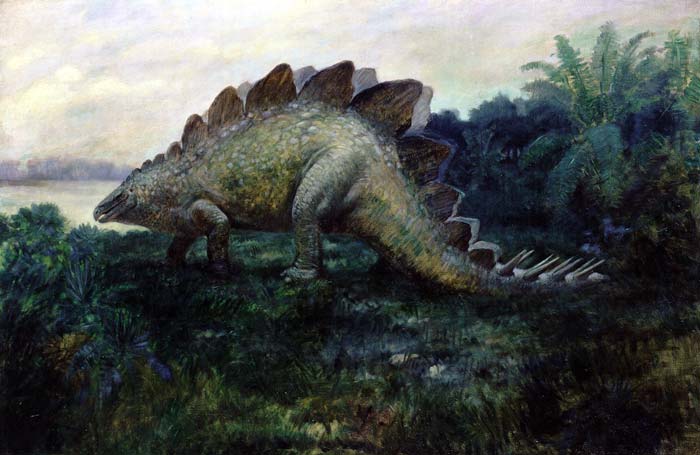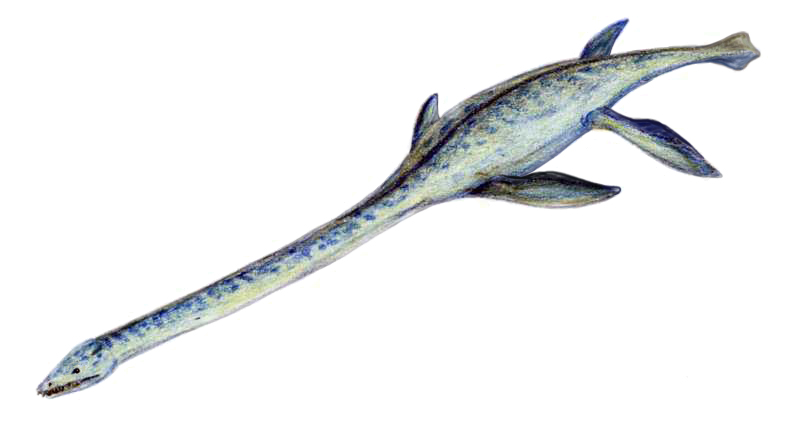

As a child I can recall stegosaurus being my favorite dinosaur. I had an orange and red hollow plastic stegosaurus that was my buddy.
One of the more recognizable dinosaurs, stegosaurus (meaning roof lizard) has a distinct spiked tail and large plates on its back (more on those later). About the size of the bus, this herbivore used its aggressive appearance as a defense.
While it is still up for inquiry, some believe the plates on the stegosaurus' back helped cool the dinosaur. The large surface area would help the most amount of skin come in contact with the wind.
I like this idea the best, it would mean the stegosaurus was the prototype for modern day refrigeration equipment. Simply put, the hot gas travels through a coil that has fins attached to it (all to increase the surface area of a given space), and as the gas is exposed to more and more wind it releases its heat. Its amazing how many intricate and detailed systems we create are just innovations on what already exists in nature.
Sources: Stegosaurus Fact sheet at Enchantedlearning.com
Wikipedia






